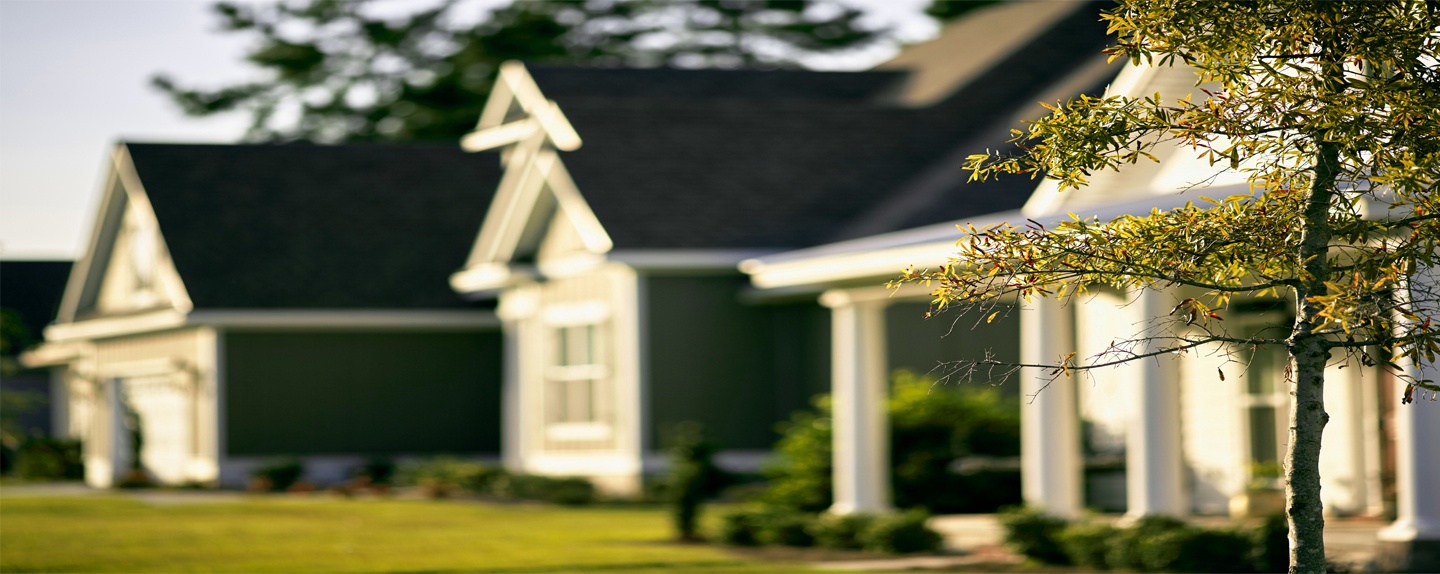There are some things a lot of people believe are good for their lawn and often ask their landscaper or lawn care provider to do for them that are detrimental to the lawn. Conversely, there are some things people should have done to their lawn they are hesitant or even outright resistant about having done. In this first part, we will look at two of those things that are not good for your lawn that people often ask to have done.
I Should Roll My Lawn?
First, what is lawn rolling? Lawn rolling is the use of a heavy metal cylinder like what is used to compact new asphalt, but on a smaller scale, to flatten and “smooth out” a rough or uneven lawn. These are typically hand propelled or dragged behind a lawn tractor.
Most people have walked across their lawn and felt that there were “bumpy” areas. These may be especially obvious if you are mowing your own lawn. There may be depressions where the mower wheels have caused the formation of ruts or there could be high areas where you notice that the lawn is being scalped.
One of the things most detrimental to a lawn is compacted soil. Compaction occurs as the result of normal activity on your lawn such as mowing and the kids and pets running around on it. The last thing you should want to do is to introduce more compaction by the act of rolling your lawn.
The best remedy for low areas in your lawn is to top-dress them with some good quality loam topsoil or some organic compost and reseed. Over time you can get the even lawn of your dreams.
I Should Dethatch My Lawn Every Spring
Thatch is a layer of dead and living grass shoots, stems, and roots that shows up between the soil and the grass blades in your lawn. The parts of the turf that are most resistant to decay (stems, crowns, and roots) make up the bulk of thatch. Thatch build-up starts when the turf produces organic debris faster than it can be broken down. Grass clippings do not significantly contribute to thatch buildup because they are very readily broken down in the lawn.
Some thatch in a lawn is a good thing. A thin layer – no more than ½ inch – can be beneficial since it helps insulate the soil and prevent moisture loss. It is also a source of organic matter for the soil and as it decays, it can complement your lawn fertilization program.
Dethatching a lawn, either mechanically or manually, involves tearing up this thatch layer and removing it. This can damage the grass plants and cause additional stress to the turf.
The best way to manage thatch in your lawn is with an annual core aeration, either with or without over-seeding.
Aerating your lawn involves the mechanical removal of cores of soil from the lawn. These resultant openings in the soil allow for more water, oxygen, and nutrients to get down to the roots but also into the thatch layer to increase the speed of decomposition and so decrease the thickness of this layer of organic matter in your lawn.
Get More Info From The Pros!
Looking for more information on lawn care myths or just ready to let the professionals take over your lawn care needs? The Grassmaster Plus team is ready and willing to answer any questions you have and can provide you a free quote on your lawn care services for the season. Contact our local office today!

